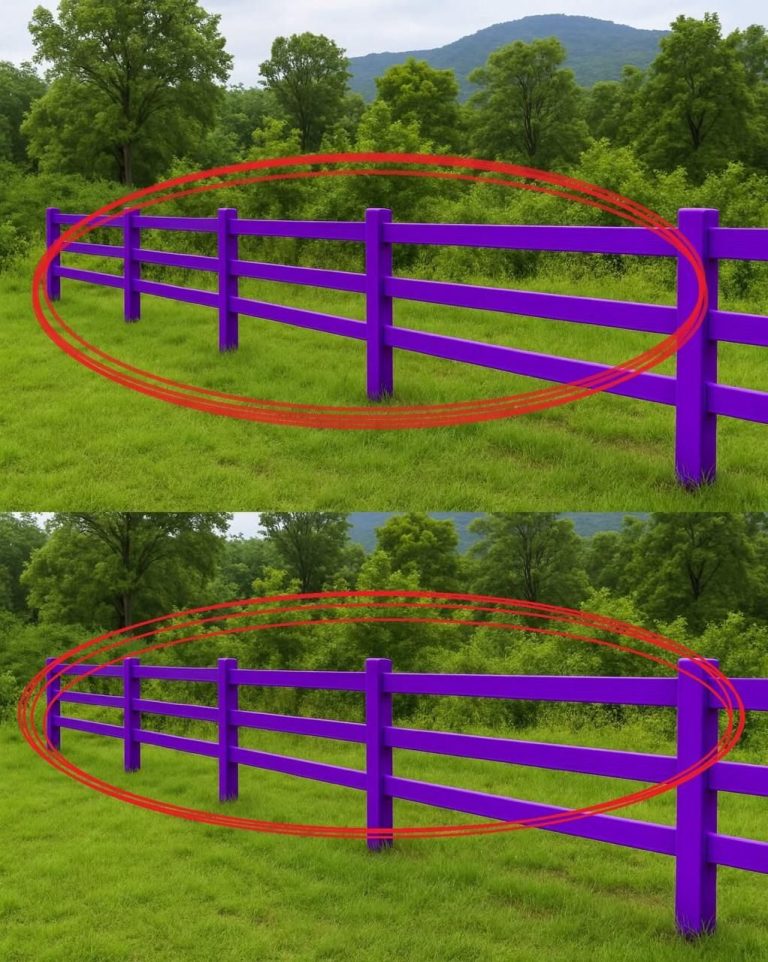These small details are what make the marking legally enforceable — and easy to recognize for hikers, hunters, and neighbors.
States Where Purple Paint Is Law
As of now, more than a dozen U.S. states have adopted the “Purple Paint Law.” Some include:
- Texas
- North Carolina
- Illinois
- Kansas
- Missouri
- Indiana
- Florida
- Pennsylvania
- Arkansas
Each state has its own wording, but the idea is the same: purple paint is a clear, visible boundary marker that carries the same authority as a “No Trespassing” sign.
If you live elsewhere and want to use the system, check with local or county property law before painting. In places without purple paint statutes, it may not have legal power — though it still gets attention.
Why the Purple Paint Law Works
At first glance, painting trees and fences purple might seem a little eccentric, but there’s real logic behind it.
- It lasts longer. Paint doesn’t blow away, rust, or fade as quickly as paper or metal signs.
- It’s cost-effective. A few cans of paint can cover acres of boundary lines for years.
- It’s environmentally gentler. Fewer plastic signs mean less waste and litter on rural land.
- It’s clear but not cluttered. The message is visible without turning a quiet country landscape into a wall of warnings.
For hikers, campers, or explorers, the purple line is also a courtesy. It lets you know where private land begins — helping avoid misunderstandings, potential fines, or uncomfortable encounters with property owners.
The Symbolism of the Color Purple
Interestingly, purple has long symbolized respect, dignity, and protection — qualities that fit perfectly with its modern legal use. A purple mark doesn’t shout “Keep Out” in anger; it quietly says, “This space belongs to someone — please honor it.”
In rural America, property isn’t just land. It’s family history, hard work, and often generations of effort. The purple fence line is a simple, graceful reminder of that.
What to Do If You See a Purple Fence
If you’re out walking or driving and notice a fence, post, or tree marked in purple, remember:
- Don’t cross the line — even if there’s no other sign posted.
- Keep pets, vehicles, and hunting gear on your side of the boundary.
- If you’re unsure whether a trail or field is public, double-check maps or local guidance.
Respecting those purple lines isn’t just about avoiding trouble — it’s about upholding the quiet code of neighborly respect that rural communities still hold dear.
How Homeowners Can Use It Responsibly
If you’re a property owner considering purple paint:
- Choose a long-lasting, weather-resistant exterior paint — ideally one formulated for outdoor fencing or tree marking.
- Mark your boundary lines carefully and consistently.
- Inform nearby neighbors so they know what it means — many may appreciate the clarity.
- Keep a record or photograph of your markings in case questions arise later.
This simple method helps ensure that your boundaries are both legal and easily recognizable to anyone nearby.
The Next Time You See That Color…
So, the next time you’re on a trail and notice a streak of purple on a fencepost or tree, take a moment to pause. You’ve just seen a quiet piece of rural communication — a sign that says this land is cared for, protected, and loved.
It’s not about hostility. It’s about respect.
A purple fence isn’t a strange fashion choice or an oddball decoration. It’s a voice — calm, confident, and centuries old — reminding us that even in a vast landscape, every piece of earth has a story, a steward, and a boundary worth honoring.
